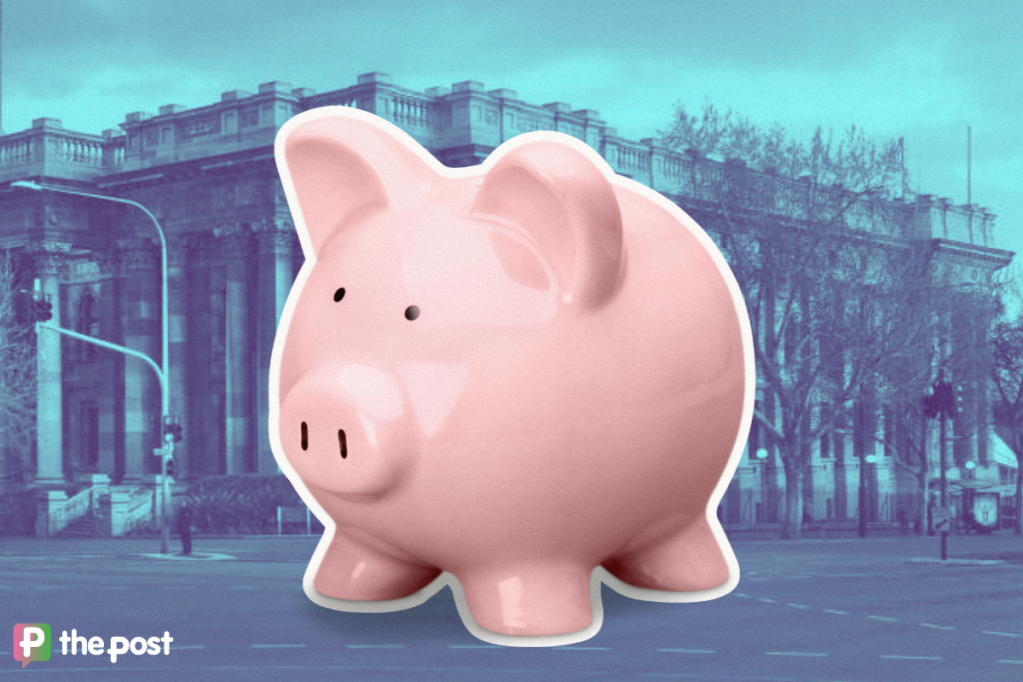Are the curtains about to be drawn on Adelaide’s property boom?
The Adelaide property market has been booming in recent months on the back of record low interest rates and a range of incentives to help new homeowners enter the market but the window of opportunity is closing, writes Bushy Martin.

When residential properties are selling for up to $100,000 more than their listing price, in what is typically a steady and stable Adelaide property market, you know something is up.
In fact, we haven’t seen conditions like this in South Australia since 2001. And the rest of the country is just as hot.
If you’re trying to buy a property right now, you know this better than anyone. You’re shoulder to shoulder at packed open inspections competing with what feels like every Adelaidian for your piece of our beautiful state.
For sellers, it is an incredible opportunity. The floodgates are open, with pent up demand and greater access to capital, thanks to the federal government loosening its hold on banking policies.
But the window of opportunity is closing soon. Without a doubt, the government is set to make moves to slow things down.
It won’t be able to use interest rate rises to do this. There’s talk that interest rates won’t be moving much for anywhere between three and 10 years, as the government aims to not only keep consumer spending high but also make their own enormous debts serviceable.
The only option is to reduce access to capital, which is the single biggest influence on the property market. This will mean forcing the banks to tighten loan policies, which will then reduce access to finance, and dampen the market. While there’s no official word on when this will happen, I’m expecting it to occur later this year. And when it does, it will trigger a shift.
So today, it is critical for both buyers and sellers to get smart with their strategies.
You might like
But first, why are we here?
The growth of Australian property barely warrants a headline compared to the contrasts, contradictions and craziness of the global markets in the last 12 months.
On one hand, the pandemic has resulted in economic woes for most nations and continues to loom large, despite the beginning of the vaccine rollout, resulting in high unemployment and reliance on ongoing government stimulus to prop things up.
Many sectors of the economy, like tourism, hospitality, travel and bricks and mortar retailing continue to struggle for survival, while others have benefited from the rapid change in circumstances, like home deliveries, game makers, home gym equipment, home improvement hardware and, of course, Zoom.
But while the overall economy has suffered financially, investment and asset markets have been experiencing soaring growth after the initial knee-jerk reaction and overnight correction to the coronavirus that occurred early in 2020.
And in recent months we have started seeing some crazy investment behaviour. It appears that every man, woman, child and their dog is getting in on the action. And I always get nervous when everyone from the Uber driver to the local barista is bragging about what shares or crypto they are buying and how much money they are going to make. Instant ignorant investors, or perhaps ‘gamblers’ is a better description, acting purely on unfounded opinions and Fear Of Missing Out (FOMO), create a dangerous situation.
Everything appears to be pointing to an emerging, over-inflated asset bubble. In the book Boom and Bust, William Quinn and John Turner studied more than 300 years of bubble history, revealing that three conditions need to be met that make up each side of the ‘bubble triangle’ in order for there to be a bubble:
- Marketability: The ease with which an asset can be bought and sold – bubbles can’t happen unless assets can be easily traded.
- Money and debt: Fuel for the bubble, encouraging investors to reach for yield or borrow to buy assets.
- Speculation: The investment strategy of buying assets you expect to rise in price in the short-term, hoping to make a quick profit. During historical bubbles, novices and newbies have often become speculators.
Sounds awfully familiar to me!
But if you’re an Australian property owner or investor with a considered, long-term approach, you need not worry about a bubble going bang. Australian property is one of the safest investment assets, and if you play the long game instead of rolling the dice, you’ll continue to enjoy long-term growth while riding out the occasional and expected corrections that will impact the market from time to time.
Stay informed, daily
What sellers should do
Despite the amazing opportunity in front of you, resist the urge to sell your property right now. While we’re nearing the peak, we’re not quite there yet.
The best time to sell will be spring. This is when we expect the market to reach its climax, combined with the tried and true fact that spring is always the best time to sell a home, when change is front of mind for more people and properties are looking their best.
When it does come time to sell, there are a few key considerations:
- Facilitate a ‘best and final offer’ strategy, which is like a quasi auction where potential buyers must submit their best, one-time price. This, along with a typical auction, will flush out maximum demand, amp up emotion and ensure that you leverage the FOMO that is influencing the market right now.
- Stage the property to make sure it is looking its absolute best. All because there’s plenty of demand doesn’t mean you don’t have to worry about the detail. More sellers are entering the market and there’s increasing competition, so setting up your home for maximum impact will be an important part of the process.
- Partner with an experienced real estate agent who understands how to maximise your opportunity. Right now, tens of thousands of dollars, if not more, are on the table and a great agent makes a big difference. This is especially important if you decide to go down the auction path.
What buyers should do
By this point in the article, you know that you’re in a seller’s market. You might be tempted to hold off and resist the urge to buy. But in most cases, that would be a bad move.
This is where you need to keep the ‘cost of money’ front of mind. If you’re an investor with a long-term strategy, sitting out of the game means you cost yourself a lot of capital growth, especially in the current market. If you’re an everyday home buyer, you’re going to be missing out on a once-in-20-year opportunity to add a large amount of equity.
If you wait, there’s the added risk that you won’t be able to get into the market at all. As mentioned, I am expecting the government to force banks to tighten up lending later this year, and when it does, many Australians will no longer qualify for the home loans they expected to gain approval for.
If you are determined to sit tight and wait it out, you’ll need to be patient for at least 12 to 18 months to ensure you don’t pay an even heavier price.
So when it comes to buying right now, your top priority is to get away from the crowd. Here’s a few methods:
- Firstly, identify properties before they hit the market. The best way to do this is to partner with a good buyer’s agent. Buyer’s agents play an important role in commercial property but typically haven’t been utilised as much in residential. In your current circumstances, an experienced and proven buyer’s agent is your secret weapon. They will have deep relationships with many real estate agents and property networks all over town, along with the market knowledge and negotiation skills that you are unlikely to have. A buyer’s agent will help you facilitate a great deal on your ideal property before it is posted on the real estate websites, saving you time and a lot of money.
- Secondly, you need to negotiate on something other than price. In these conditions, sellers will likely have many great offers on the table. You need to separate yourself from the pack by changing the terms of the negotiation by finding out what else is important to the seller and bringing that into play. For example, you might be able to facilitate an early release of the deposit which will make it easier for the seller to buy their next property. You might be able to wait on settlement until the seller has moved into their next home. If a quick move is desired, you could add that to your offer. Everything is up for negotiation if you can identify what’s important.
So whether you’re a buyer or seller, the bottom line is that Adelaide will continue to be a great place to own property, irrespective of what’s happening in the market today.
With a track record of sustainable growth, an enviable lifestyle, increased investment in infrastructure and more, the stage is set for ongoing success for South Australian property owners.
Bushy Martin is the founder of South Australian firm KnowHow Property Finance, an author and host of the Get Invested Podcast.








